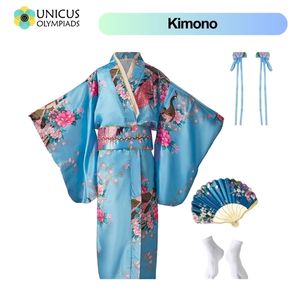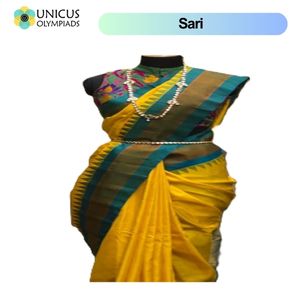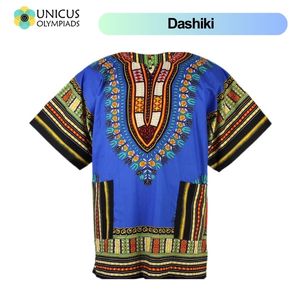

Fabrics and clothing are essential aspects of human life, not only serving the practical function of protecting the body but also reflecting the culture, values, and history of the people who create and wear them. Throughout history, the materials, designs, and techniques used to make clothing have been influenced by geographical factors, social structures, and historical events. In this section, we will explore how fabrics and clothing have been used to express cultural identity and historical significance, with examples of famous fabrics and traditional clothing from different parts of the world.
Fabrics and clothing are not just about fashion; they carry significant cultural meaning. The type of fabric used, the way clothing is designed, and the occasions on which they are worn can reflect a society’s values, beliefs, and social structure. For example, in many cultures, clothing can signify social status, regional identity, or even religious affiliation. Additionally, fabrics often evolve based on historical events like trade routes, colonialism, and technological advances in weaving and dyeing.
Throughout history, clothing has often been used to signify one's social class. In many societies, certain fabrics and styles were reserved for royalty, nobility, or the wealthy, while others were accessible to the general public.
Clothing and fabrics also reflect religious and cultural beliefs. Different religions and regions have unique clothing styles that are designed to meet the specific needs and modesty requirements of their followers.
Throughout history, certain fabrics have gained fame for their cultural significance, craftsmanship, and the role they have played in shaping fashion and society. Below are some of the most famous fabrics that reflect the culture and history of their regions:
Silk is one of the most luxurious and historically significant fabrics in the world. Originating in ancient China, it became a symbol of wealth and nobility and was often traded along the famous Silk Road.
Wool has been an important fabric in many cultures, particularly in cold climates, due to its warmth and durability. It has been used for centuries in both everyday clothing and special ceremonial garments.
Cotton is one of the most widely used fabrics in the world due to its comfort, breathability, and versatility. It is deeply rooted in many cultures, with a rich history tied to agriculture and trade.
Linen, made from the flax plant, is a fabric known for its strength, coolness, and ability to breathe. It has been used for thousands of years in ancient Egypt and beyond.
Leather is a durable fabric derived from animal hides and has been used for centuries in various cultures for making clothing, footwear, and accessories.
In addition to the fabrics themselves, clothing traditions often embody cultural and historical significance, symbolizing important customs, beliefs, and identities. Below are a few examples of how clothing reflects culture and history:
The kimono is Japan’s traditional garment, worn on formal occasions and cultural ceremonies. It is made from silk or cotton and features intricate designs that can indicate the wearer’s status, age, and even the season. The kimono reflects Japan’s deep cultural respect for history and tradition.

The sari is a traditional garment worn by women in India. Made from cotton, silk, or chiffon, the sari is draped in an elaborate manner, and the style of draping can vary by region. It reflects India’s rich cultural diversity and is often worn during religious ceremonies, festivals, and weddings.

The Dashiki is a brightly colored garment worn by both men and women across West Africa. It is often made from cotton or silk and features vibrant patterns and designs. The Dashiki reflects African heritage and is worn for both daily activities and cultural celebrations.

The kilt is a traditional Scottish garment, typically worn by men. It consists of a knee-length skirt made from woolen cloth, often in tartan patterns. The kilt is closely linked to Scottish identity, with different tartan patterns representing various clans.

The sombrero and charro suits are traditional Mexican garments. The charro suit is often worn by men during festive events like rodeos, mariachi performances, and national celebrations. The sombrero, a wide-brimmed hat, is iconic in Mexican culture and often complements the charro suit.
